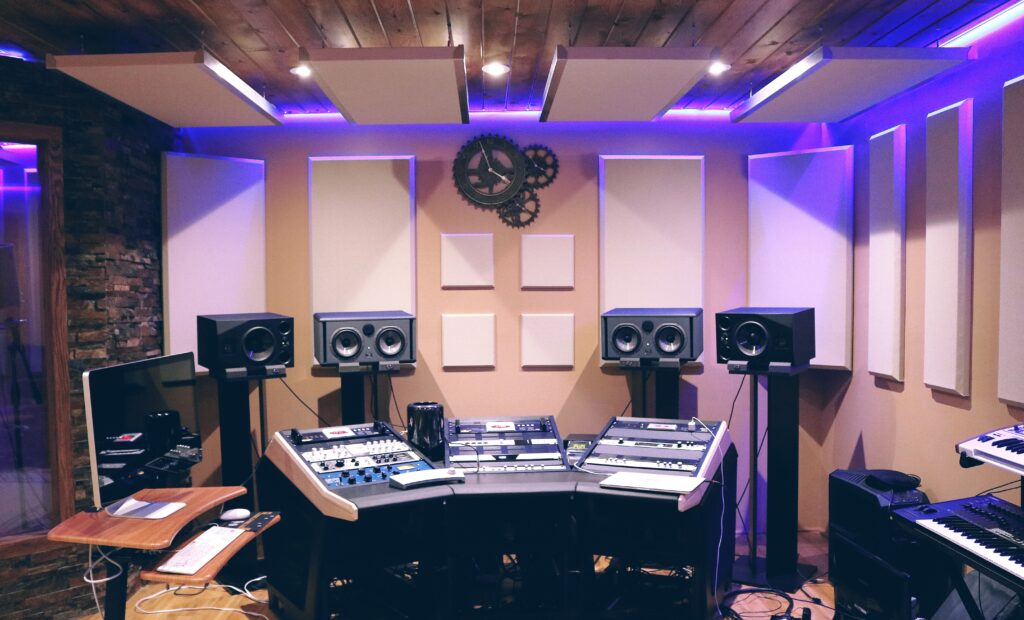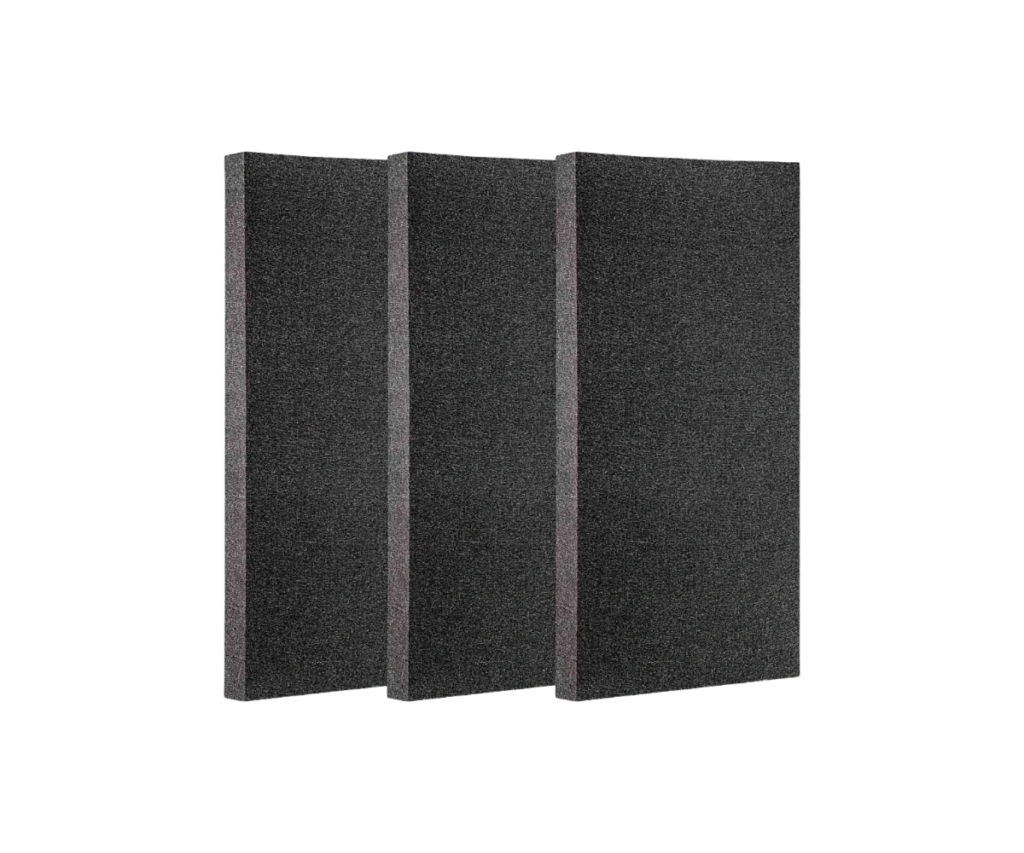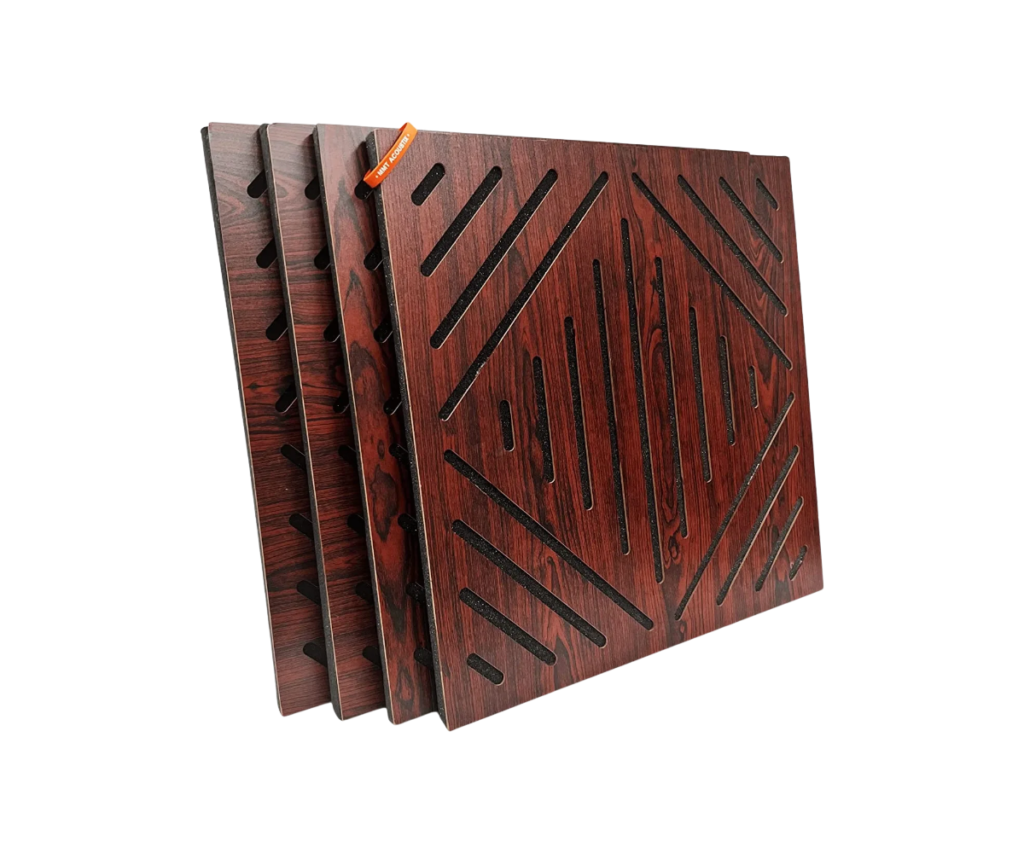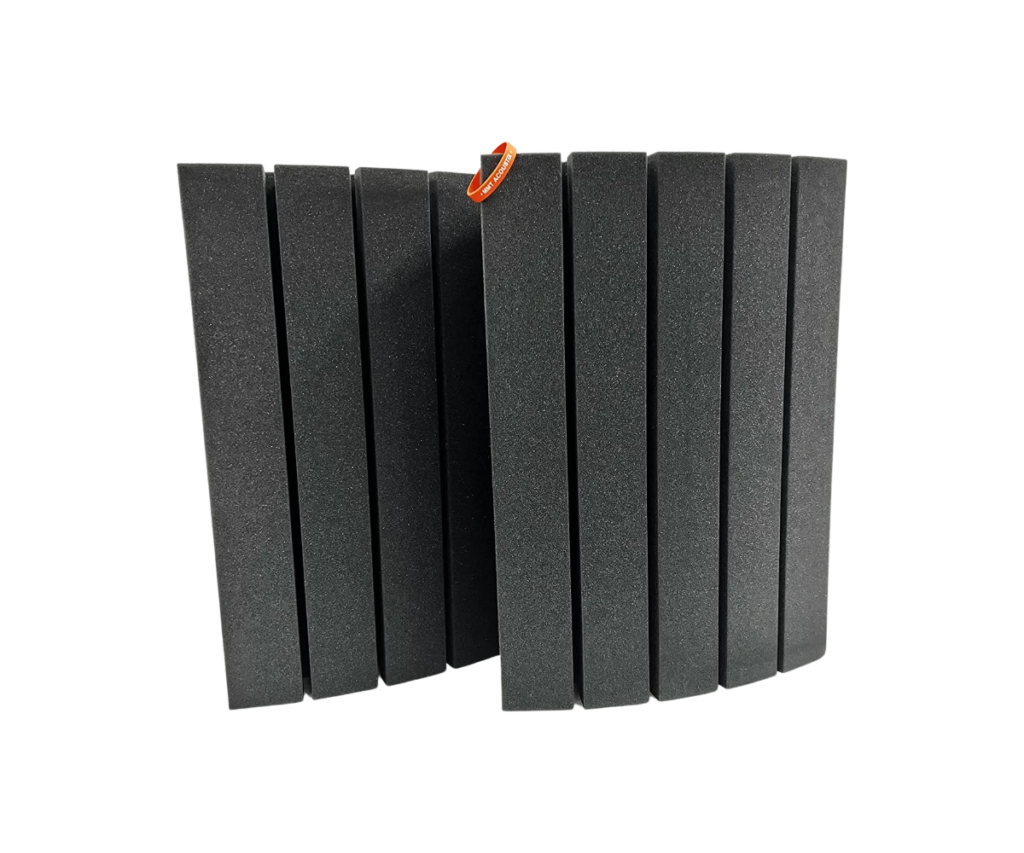
Sound quality is an important and essential aspect of any space, particularly in rooms used for music production, recording, or Mixing. The quality of sound is determined by several factors, including room acoustics and its treatment. Room acoustics is the way the sound behaves in a room or within a space, while treatment involves tweaking or altering the sound of the room to achieve better sound quality.
In this blog, we will explore the importance of studio or room acoustic treatment and treatment for home studios to improve sound quality.
Room Acoustics
Room acoustics refers to the way sound propagates in a room or a space, including factors such as shape, size and materials used in construction. Sound waves reflect off different surfaces in a room or space, which can either amplify or attenuate certain frequencies, resulting in bad and uneven sound quality. The acoustics engineers try to understand the behaviour of the sound in spaces and treat or mould them accordingly. A well-designed room with good acoustics can make a difference in the listener’s experience.

Poor room acoustics can lead to echoes, reverberation, and standing waves. An echo occurs when sound waves bounce off a surface and return to the listener’s ear, creating a delay between the original sound and the rejected sound.
Reverberation is the persistence of sound after the source sound has stopped, caused by multiple reflections of sound waves within the space.
When sound waves trapped between two parallel surfaces, resulting in an amplification of that sound frequency and a reduction on the other hand, is known as Standing Waves.
What is the acoustic treatment of a room?
Room treatment is the process of treating and controlling the sound to achieve better sound quality. Room treatment involves adding acoustic panels, Diffusers, bass traps, and other materials to absorb, diffuse or scatter sound waves. These materials will help in reducing echoes, unwanted reverberation and standing waves, resulting in cleaner and more detailed defined sound.
What do acoustic panels do?
Acoustics panels are panels made up of sound-absorbing materials such as rock wool, glass wool, fibreglass or foam, and are designed to absorb sound waves. They can be put on walls, ceilings, and floors to reduce echoes and reverberation.

What does an acoustic diffuser do?
Diffusers work to scatter sound waves in different directions, creating a more even distribution of sound in a space. Diffusers are often used in conjunction with acoustic panels to achieve better overall sound quality.

Bass Traps:
Bass traps are panels specially designed to absorb low-frequencies of sound waves, which can be difficult to control in a room. They are often placed in corners and other areas where bass frequencies tend to accumulate.

Conclusion
The Room acoustics and treatment of the room are essential for improving the sound quality experience for the listener in any space. A well-designed room with good acoustics can make the difference between a good listening experience and a bad listening experience. Room treatment involves placing absorbing panels, diffusers, and bass traps in a room to absorb, and scatter sound waves resulting in clear and more defined direct sound. By taking care of room acoustics and its treatment accordingly, you can ensure a great sounding space, whether you’re recording music, mixing music, listening to favourite music or enjoying a movie in your home theatre.
